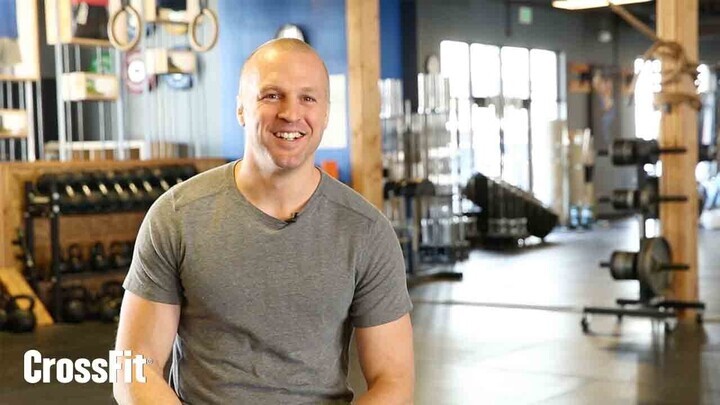Question: Should we use percentages of 1-rep maxes for our workouts?
May 14, 2025
Question: Should we use percentages of 1-rep maxes for our workouts?
As coaches, we’ve all faced that question about prescribing workout weights based on percentages of 1-rep maxes. It comes up at every Level 1 and Level 2 Certificate Course I teach, and my athletes ask it constantly. While percentage-based programming can be effective, let’s break down some crucial considerations before you implement it in your classes.
The same percentage feels dramatically different across your athlete population. Your veteran lifter who’s developed a fine-tuned nervous system for near-maximal loads might struggle to hit 5 reps at 90% of their 1-rep max. Meanwhile, your newer athlete could bang out 12+ reps at what they believe is their 90%. Research even shows women typically handle more reps at the same relative percentage compared to men. This variability makes rigid percentage prescriptions problematic.
What truly matters is that each athlete achieves the intended stimulus. If today’s work is seven sets of three where they should be challenged but have 1-2 reps left in the tank, your coaching focus should be guiding them to that experience, regardless of what percentage they’re using. This requires active monitoring during class to help athletes adjust loads up or down based on what you’re seeing.
Let’s be real — how many of your athletes actually know their current true 1-rep max for every lift? We consistently lift heavy, but most affiliates don’t frequently test pure 1-rep maxes. This creates two problems:
Assigning percentages for these athletes becomes meaningless. Again, guiding them toward the day’s intended stimulus will serve them better.
We’ve all walked into the gym after a sleepless night, poor nutrition, or high stress, where 85% suddenly feels like 110%. On these days, percentage-based programming can lead to frustration and even injury. This variability is why I’ve found percentage-based linear protocols challenging to implement effectively in group classes.
This approach tends to work better for personal training clients, dedicated CrossFit competitors, and those with consistent, structured training schedules. For the average CrossFit athlete in your gym with variable life demands, it often creates more problems than necessary.
What’s your experience with percentage-based programming?
Registration for the Community Cup begins May 12!
Have a question for a coach? Please submit that here.
 Eric O’Connor is a Content Developer and Seminar Staff Flowmaster for CrossFit’s Education Department and the co-creator of the former CrossFit Competitor’s Course. He has led over 400 seminars and has more than a decade of experience coaching at a CrossFit affiliate. He is a Certified CrossFit Coach (CF-L4), a former Division 1 collegiate wrestler, and a former CrossFit Games athlete.
Eric O’Connor is a Content Developer and Seminar Staff Flowmaster for CrossFit’s Education Department and the co-creator of the former CrossFit Competitor’s Course. He has led over 400 seminars and has more than a decade of experience coaching at a CrossFit affiliate. He is a Certified CrossFit Coach (CF-L4), a former Division 1 collegiate wrestler, and a former CrossFit Games athlete.